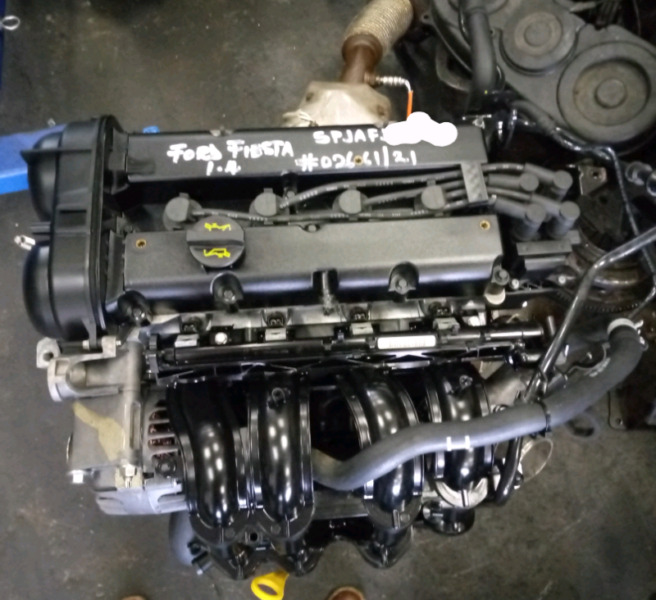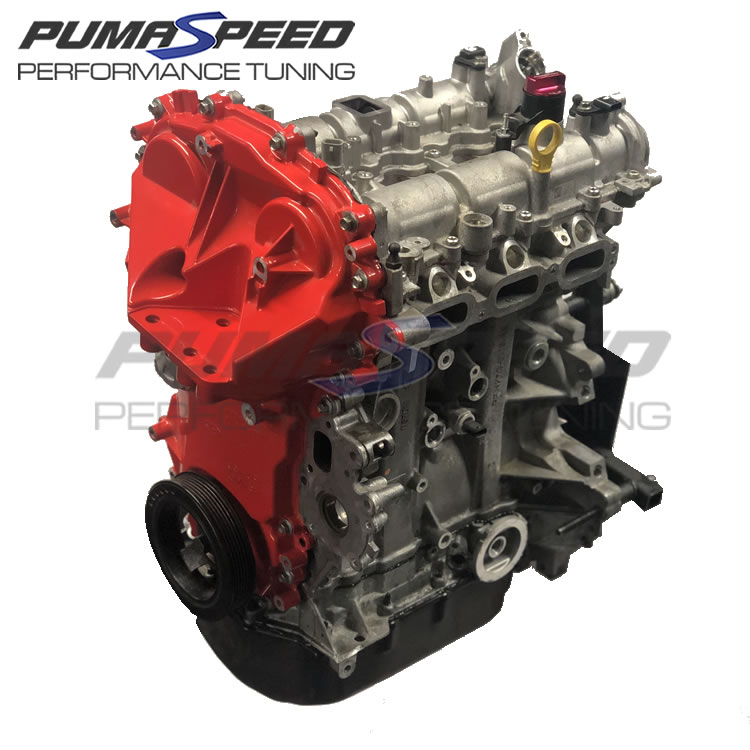The Future of Engines: Technologies Driving Lasting Power Solutions
As the auto sector navigates the necessary shift in the direction of sustainability, the future of engines is progressively defined by groundbreaking technologies. Electric engine innovations, alongside promising growths in hydrogen gas cells and biofuels, are improving the landscape of power remedies. The development of crossbreed systems better complicates this evolution, presenting both difficulties and opportunities to lower exhausts effectively. Coupled with the assimilation of man-made intelligence in engine layout, these technical strides increase crucial concerns concerning their lasting feasibility and influence on conventional paradigms. What might this imply for the sector and customers alike?
Electric Engine Dope
The development of electrical engine developments signifies an essential shift in the automobile and aerospace markets, driven by the urgent demand for sustainable alternatives to nonrenewable fuel sources. This shift is defined by considerable improvements in battery modern technology, power electronic devices, and electrical motor style, which collectively boost the effectiveness and performance of electric engines.
Current advancements have led to the production of lighter, more energy-dense batteries, such as lithium-silicon and solid-state batteries, which promise longer varieties and shorter billing times. In addition, enhancements in electric motor efficiency, such as the use of permanent magnets and progressed cooling down systems, enable electric engines to run efficiently under varying conditions. These enhancements not only boost automobile performance yet also add to a decrease in total energy usage.
Additionally, the assimilation of innovative software program formulas has actually enhanced power management in electric automobiles, permitting for regenerative braking and anticipating charging approaches. As suppliers increasingly welcome electrical propulsion, the automobile and aerospace markets are observing a standard shift in the direction of greener modern technologies. This development not just meets regulative needs but also aligns with consumer choices for eco-friendly transport options, strengthening electric engines as a keystone of future sustainable movement.
Advancements in Biofuels
As the vehicle and aerospace sectors significantly prioritize lasting energy sources, developments in biofuels emerge as a complementary solution to electrical engines. Biofuels, originated from natural materials such as crops, waste, and algae, offer an innovative opportunity for lowering greenhouse gas discharges and dependence on nonrenewable fuel sources.
Recent research has actually focused on enhancing the effectiveness and sustainability of biofuel manufacturing. Second-generation biofuels make use of non-food feedstocks, decreasing competition with food supply and lowering environmental impact. Furthermore, advancements in artificial biology have made it possible for the engineering of bacteria to create biofuels better, resulting in higher yields and reduced manufacturing prices.
Additionally, the development of drop-in biofuels permits for smooth combination into existing infrastructure, making it possible for a smoother change for industries generally based on nonrenewable fuel sources. ford fiesta engine. These gas can be utilized in current engines without modifications, promoting their fostering throughout various sectors
Investments in biofuel innovation, along with supportive policies, are vital to drive development and scalability. As the international area seeks to combat climate modification, biofuels use a pragmatic, prompt solution that aligns with the overarching goal of sustainability in transportation and aviation.
Hydrogen Fuel Cell Modern Technology
A growing number of researchers and firms are discovering hydrogen gas cell technology as a sensible option to conventional power resources in transportation and power systems. This modern technology converts chemical energy from hydrogen into power via an electrochemical reaction, with water as the only byproduct, making it an eco friendly alternative.
The review core of hydrogen gas cells is the gas cell pile, where hydrogen molecules are split into electrons and protons. The circulation of electrons produces electrical energy, while protons move through a membrane layer to integrate with oxygen from the air, forming water. This procedure causes high efficiency and low exhausts, placing hydrogen gas cells as an important gamer in the change to sustainable power.
Considerable improvements have actually been made in boosting the longevity and effectiveness of fuel cells, along with lowering prices through ingenious manufacturing techniques. Furthermore, the advancement of hydrogen manufacturing techniques, such as electrolysis powered by eco-friendly energy sources, boosts the sustainability of the total system. As infrastructure for hydrogen refueling expands and manufacturing techniques become much more effective, hydrogen gas cell modern technology holds great pledge for decarbonizing various fields, including heavy-duty transport and fixed power generation.
Crossbreed Systems and Their Impact
Hybrid systems represent a substantial evolution in sustainable engine innovation, combining conventional interior burning engines with electrical propulsion to optimize power efficiency and reduce discharges (ford fiesta engine). This double approach permits automobiles to use both power resources, making it possible for better versatility in energy intake and minimizing reliance on fossil fuels

Along with environmental advantages, hybrid systems provide customers a viable transition towards totally electric cars. They minimize array anxiety by combining the ease of gas with the advantages of electric propulsion, making them an eye-catching alternative for a broader audience. As manufacturers buy hybrid technology, the development of advanced battery systems and lightweight products remains to improve performance. On the whole, hybrid systems stand for a crucial action in the direction of achieving lasting transport and attending to the urgent requirement for ecologically friendly power services.
The Function of AI in Engine Design
Leveraging innovative algorithms and machine discovering strategies, the automotive sector is significantly incorporating man-made knowledge (AI) right into engine design procedures. AI boosts the effectiveness and effectiveness of design by analyzing substantial datasets to recognize optimum arrangements and efficiency parameters. This capability permits designers to replicate different operating conditions and forecast engine actions under numerous situations, significantly minimizing the moment and expense related to typical prototyping techniques.
Furthermore, AI helps with the advancement find out here of advanced materials and combustion procedures tailored for sustainability. By enhancing gas effectiveness and reducing exhausts, AI-driven layouts align with international efforts targeted at lowering the carbon footprint of automotive engines. Equipment knowing algorithms can also forecast upkeep needs, leading to improved integrity and longevity of engine parts.
In Addition, AI is instrumental in the integration of electrification innovations, such as crossbreed systems, where it can optimize battery management and power recovery processes. As the sector relocates in the direction of even more sustainable power solutions, the function of AI in engine design comes to be significantly important, driving development and boosting the performance of future engines. Inevitably, the collaboration between AI and engine design proclaims a new age of smarter, cleaner, and more reliable automotive technologies.

Verdict
In final thought, the future of engines is being shaped by a merging of ingenious innovations that prioritize sustainability. Electric engine innovations, biofuel growths, hydrogen gas cells, and hybrid systems collectively contribute to a significant reduction in discharges and ecological influence.
Electric engine advancements, along with encouraging advancements in hydrogen fuel cells and biofuels, are improving the landscape of power services. Additionally, improvements in electric motor performance, such as the use of long-term magnets and progressed cooling systems, enable electrical engines to run efficiently under varying problems. By enhancing fuel efficiency and lessening exhausts, AI-driven styles straighten with worldwide initiatives aimed at decreasing the carbon footprint of automobile engines. As the market moves towards more lasting power options, the function of AI in engine style comes to be progressively vital, driving technology and boosting the performance of future engines. Electric engine advancements, biofuel growths, hydrogen gas cells, and crossbreed systems jointly add to a considerable reduction in discharges and ecological effect.